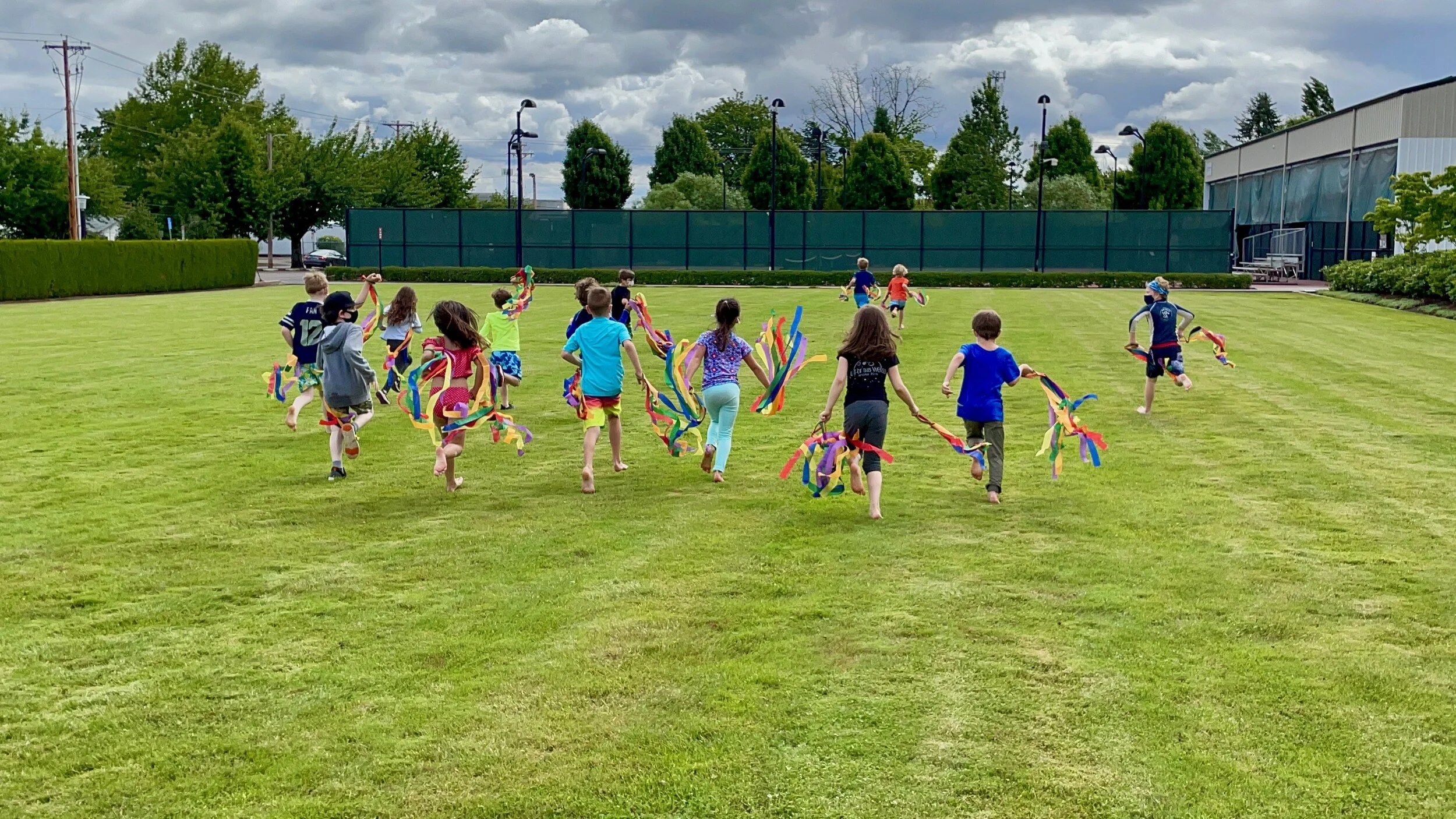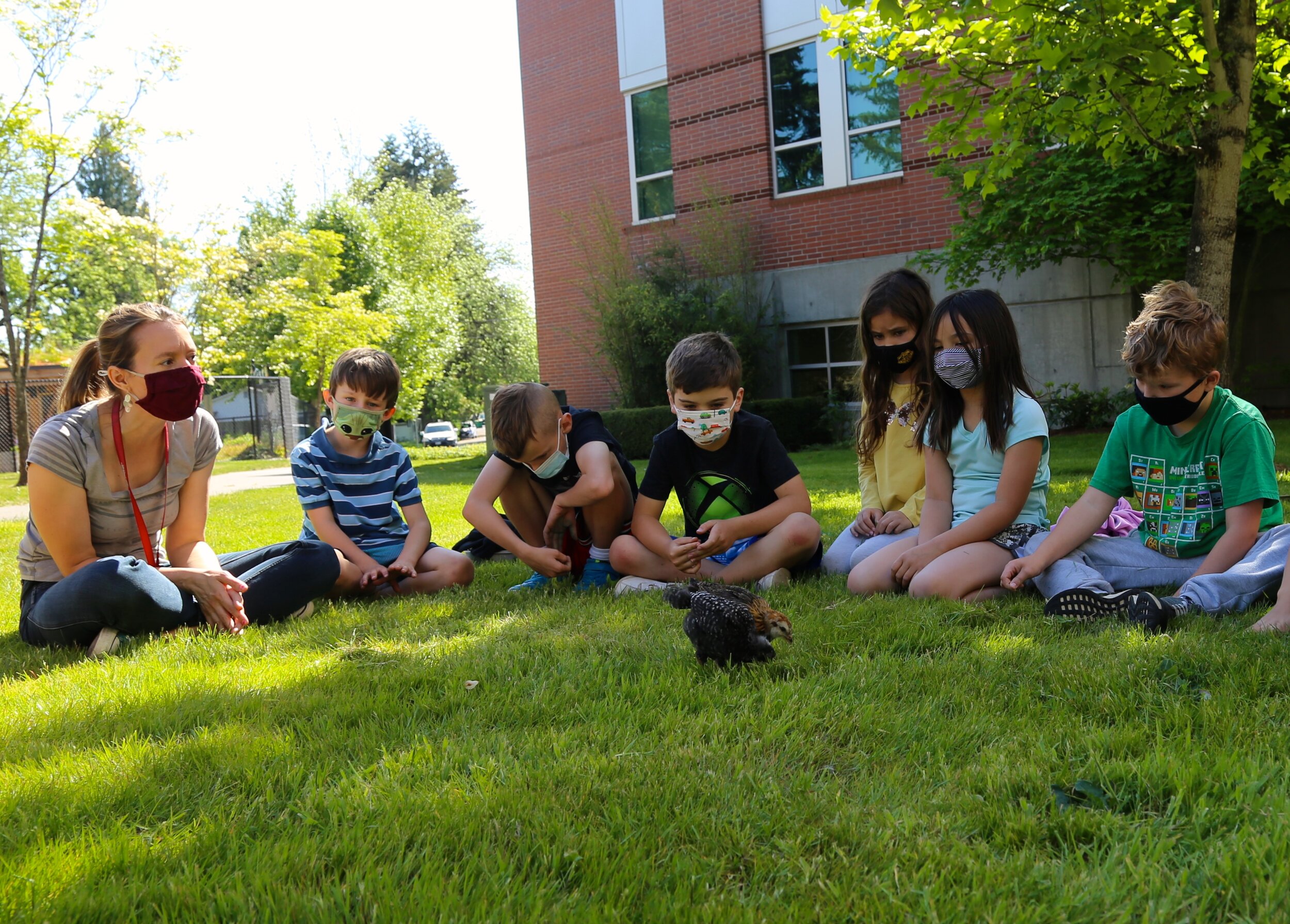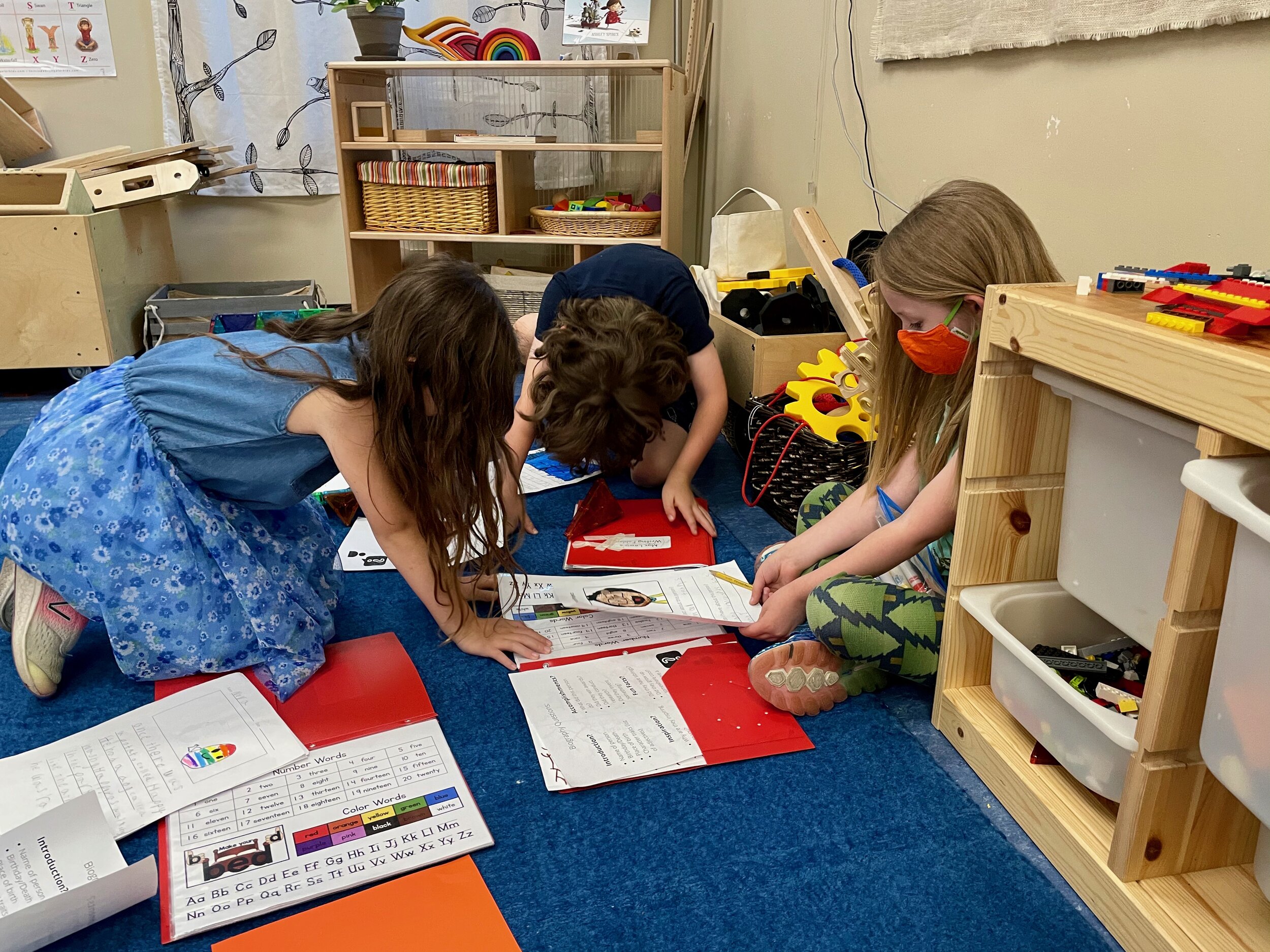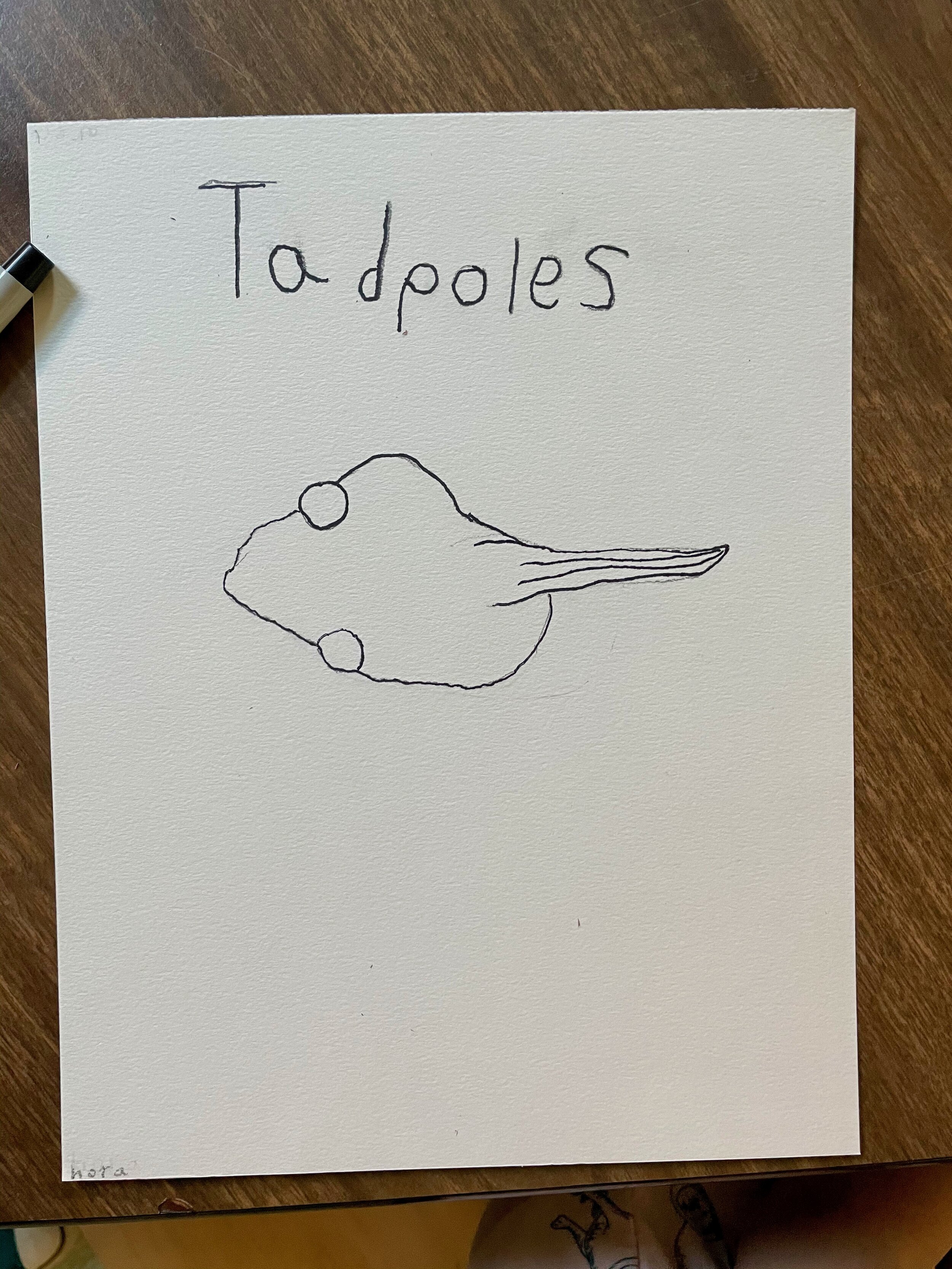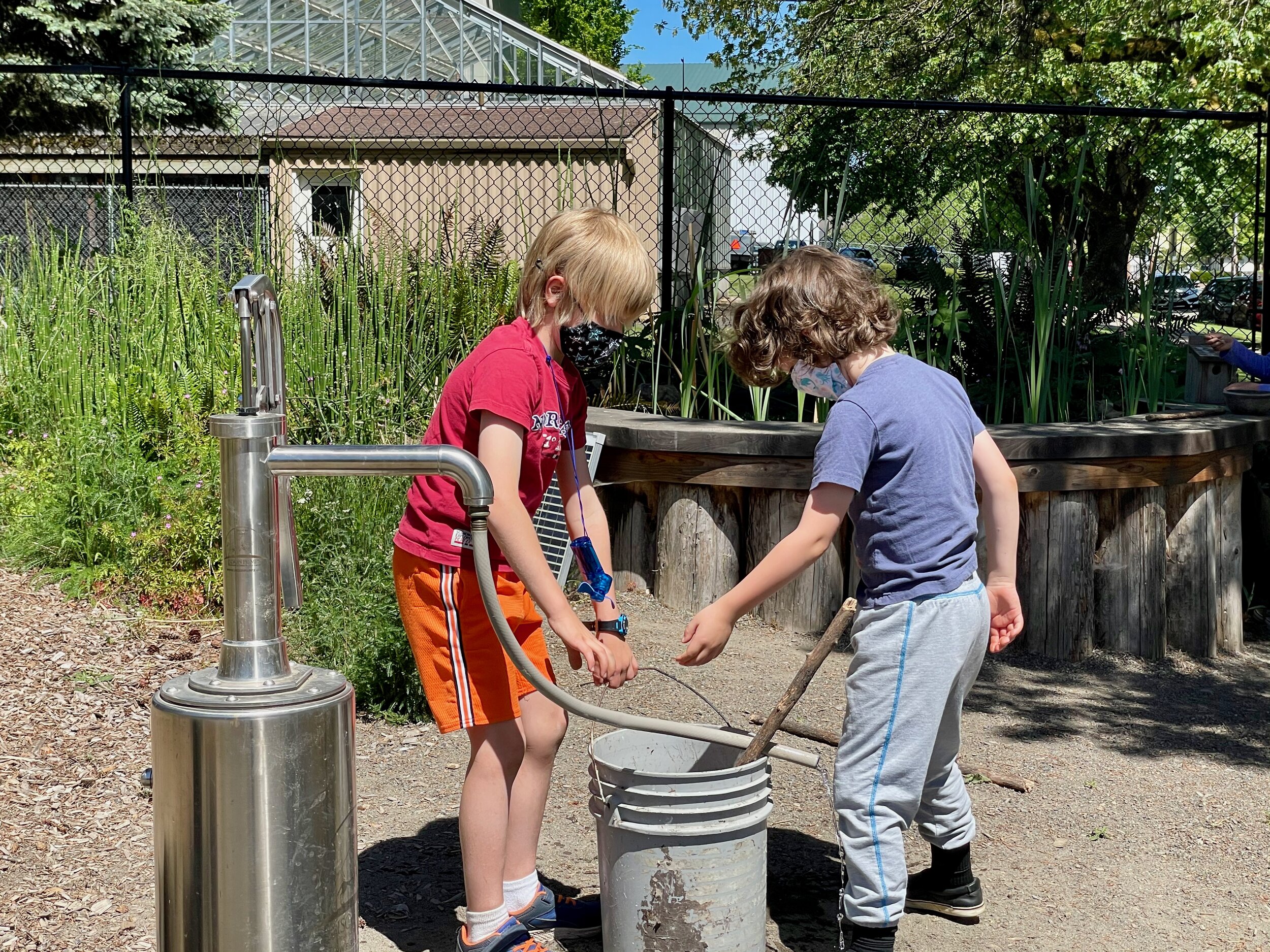Tadpole Art
/ Aja AppelOn Friday we continued working on our tadpole water color pieces. Our tadpoles are growing bigger by the day! Recently several students have become interested in learning to play Chess. This week in Pod 1 numeracy we are working on building and representing numbers with up to three digits. This is a much-needed review for many first graders before we move on to double digit addition and subtraction that involves regrouping (carrying). Pod 2 has been working on solving complex story problems involving counting change. Both pods are working on precision in their work and showing their thinking on their math sheets. During science time today students worked with partners to classify animals. When the chickens visited last week several students were confused about whether a chick was a mammal, bird, or both. Today the most challenging animals for students to classify were the lizards, tadpoles, frogs, and bats. We had interesting discussions as students shared their reasoning. Below you can see some snapshots of students’ initial classifications. We will keep coming back to these classification ideas as we observe various wildlife and other life cycle processes. During writer’s workshop we read and wrote interesting facts about our inspiring individuals. Pod 2 started reading a biography about Beverly Cleary. Earlier this year we read a couple books by Beverly Cleary including Ramona and Her Father and The Mouse and the Motorcycle. It was fun to learn more about this author. We also found it interesting that Beverly Cleary grew up in Yamhill and Portland!

